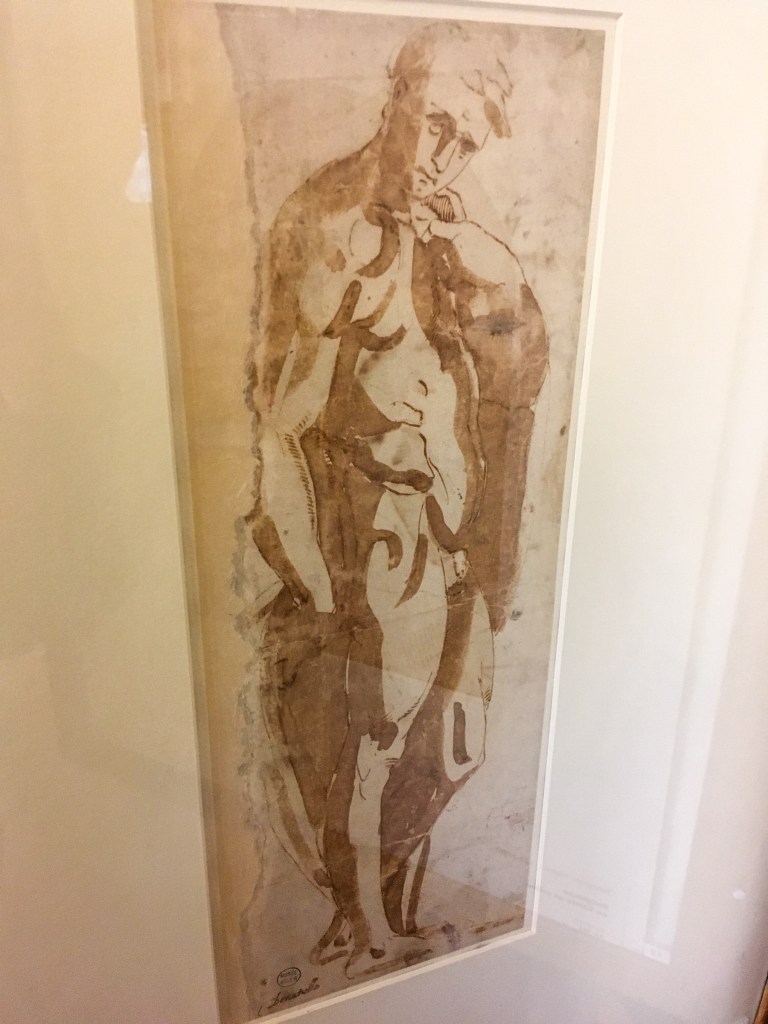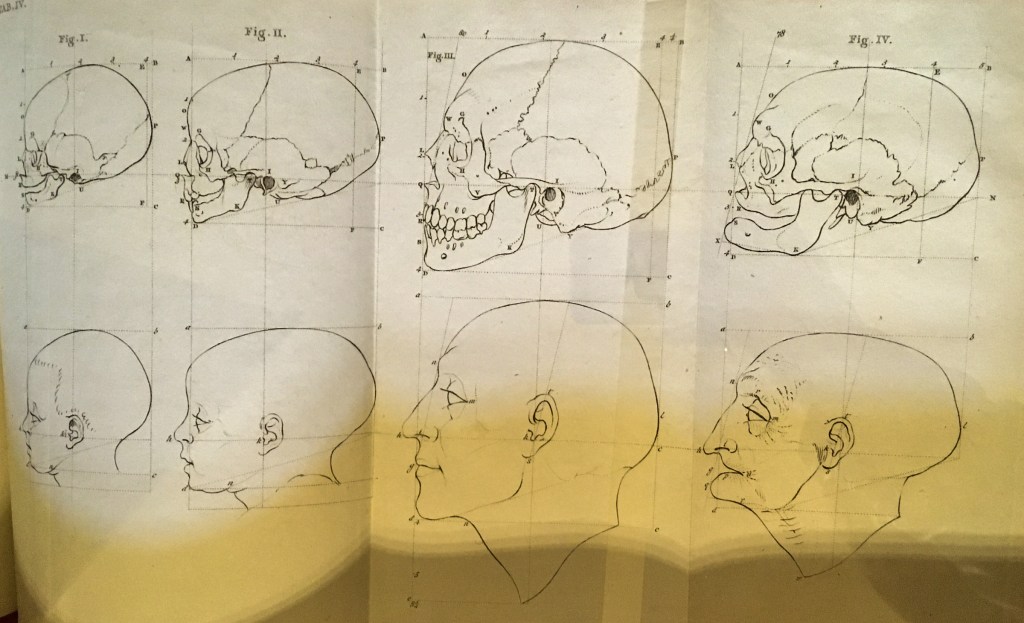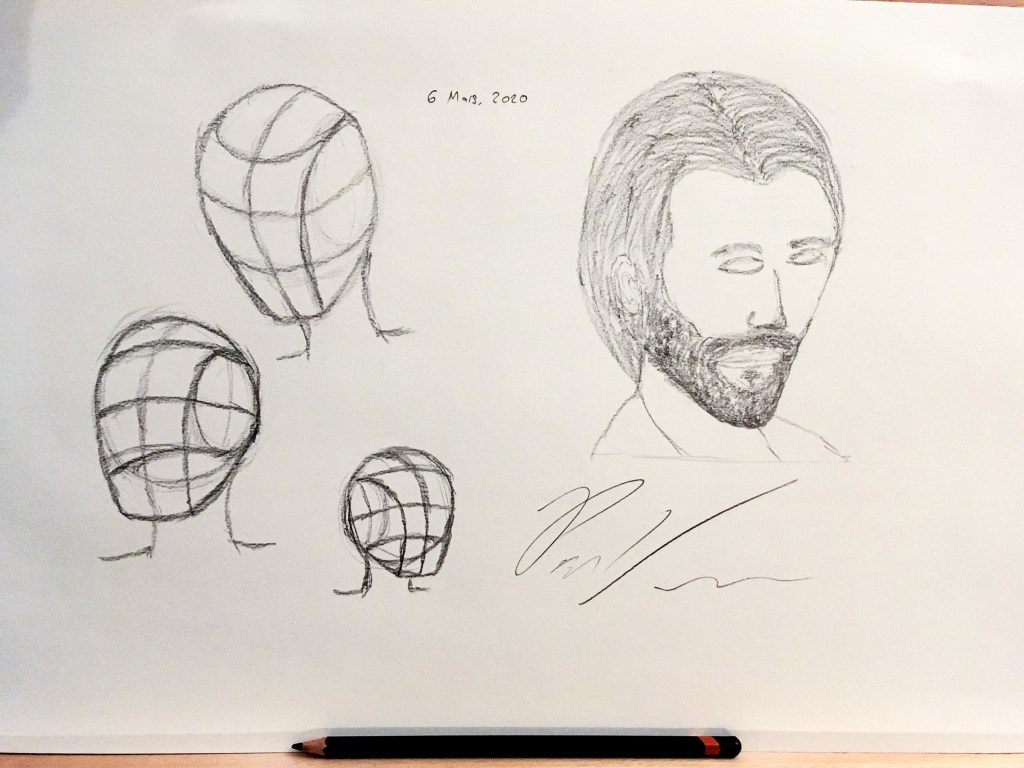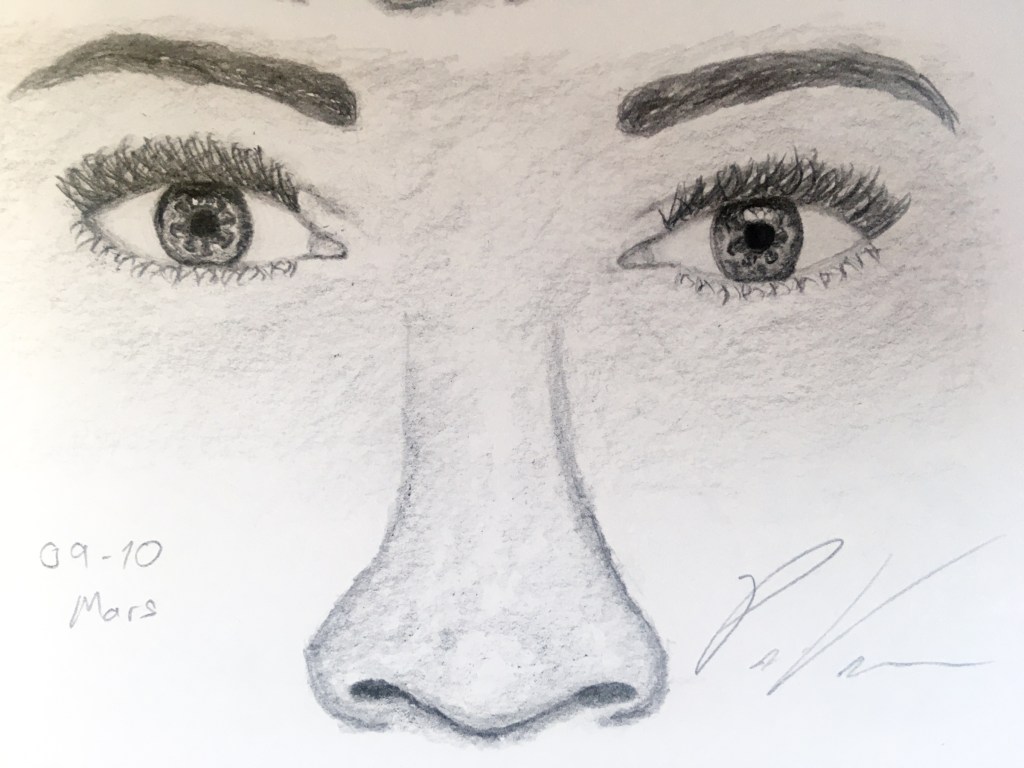Currently, there are two exhibitions of ‘Art & Anatomie’ celebrating the 800th anniversary of the medical school in Montpellier. The ‘Faculté de Médicine’ here is the oldest still in existence in the Western world and was where Nostradamus did his studies in the 16th century. For the exhibit, they are showing drawings over the centuries depicting the human form, both at the Musée Fabre (the large museum in Montpellier) and the much smaller Musée Atger, housed in the medical school. Last weekend, Gwenn and I visited the latter.

The Musée Atger houses drawings from French, Italian, and Flemish artists from the 16th-18th centuries depicting the human form. Some of the sketches of different expressions, like this one below, were quite captivating and reminded me of the sketches by Leonardo da Vinci that I saw in Walter Isaacson’s biography.

Sadly, there were no Leonardos in the exhibit, but I didn’t leave without checking at least one Ninja Turtle box:

The most fascinating, though, was the see the process of these scientist/artists studying the anatomy of the human form to try to better capture it on paper. This involved both looking at the proportions:

But also how the form changes over time:

At the end of the day I left with more motivation to get back to sketching. For a few days, I continued to play with Loomis Method heads as well as a brief sidetrack into a Skillshare class on Figure Drawing.


The squiggly lines are the ‘primary action lines’ for full-body figures and were the first step in learning how to see the flow of a pose. However, I realized that if I am to improve my self-portrait, then at least for this month I need to include some constraints. Specifically, I won’t work on full body drawings but focus on elements of the head and face as including practice with poses will take up too much of my practice time.
I had previously followed some head shapes with videos from the Rapid Fire Art channel on YouTube. I enjoyed the step-by-step instructions that she gave and was happy with my results, so created a four-part mini ‘face tutorial’ for myself using her videos. I’m embedding them below as I highly recommend that you follow them yourselves.
First up: the nose.
While not nearly as detailed as her sketch, I was extremely proud of the results as it was by far the most realistic nose I have ever done.

Next up: the eyes.
After drawing another nose without following the tutorial, I started by outlining both eyes. However, since it was getting late, I only ended up adding the detail to one.

The following day, though, I added the second eye. I learned that eyelashes are hard, but otherwise I am blown away by the results from her iris tutorial element. I used to draw a lot of eyes back in high school, but these are by far the most realistic eyes I’ve ever drawn.

Next the lips:
Again, lots of room for improvement but still super happy with the results.

And finally, some practice drawing hair:
The realism of the hair in my sketch is nowhere near what she achieves, but luckily when I re-attempt my self portrait I don’t have too much hair of my own to draw. However, I also drew the rest of the head from scratch without a guide and am quite proud of the progress I have made.

So I’ve dramatically improved my grasp of how to convey different facial features, but if I can’t match the placement and proportion to a given subject, then I’ll just be building on a shaky foundation. So for the next week, I want to predominately practice rapid-fire sketches of celebrities and other photos I see online and examine how well I can place simple outlines and still convey the sense of their facial features.

Pingback: Paperazzi – Chortles and Harrumphs
Pingback: One Month Drawing Challenge – Chortles and Harrumphs